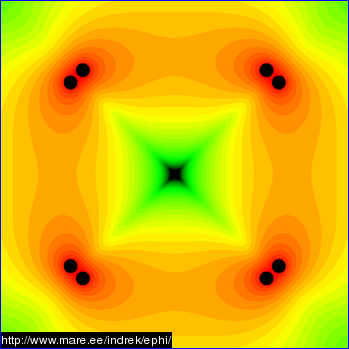MSimon wrote: Most of the big $$ items, vacuum pumping, power supplies, radiation shielding, lab eqpt. etc are the same no matter the coil geometry.
Yup. And it all exists for small scale. At this point, building and testing the small scale units would probably come to a couple hundred $k if other things were going on to pay the overhead. They got ALL the start-up costs and ALL the wages and a brand new unit for $1.8M and I suspect the wages and start-up were the major part of that.
MSimon wrote: You also need to consider all this from the point of view of an investor. They like continuity. And scaling is best PROVED by sticking to the current geometry. I wouldn't even change to square plan coils until scaling is proved. Plus I can get COTS SC coils in a toroidal configuration. If I go to square plan (triangular plan) a custom winding set up must be designed. This adds cost and time. On top of that the problems of mfg of toroidal coils have been field tested. In at least 10 to 50 MRIs per coil mfg (currently there are about 100 3 T MRIs in the field). This is not the case if a different coil plan is desired.
Hmm. Interesting. DrB seems to have thought that scaling WAS already proved and that the other small scale units were to check other issues. Why do we need to prove scaling yet again? DrN seems to want to check out transport issues by what SEEMS to be more small scale tests. Don't know, he may be planning a larger unit.
MSimon wrote: From my interactions with various possible investors time is of the essence. Even more so than minimizing costs.
Then put in a couple hundred $k to do the small scale stuff like DrB wanted and do it in parallel. If time is of the essence, then what better thing to do than to be prepared to say "here is the most cost effective unit we can design given ALL the issues reviewed"?
MSimon wrote: Now if I had big bucks I'd build several adjacent shield buildings and run a bunch of experiments in parallel sharing various bits of lab eqpt (100 psi air, chilled water, power supples, etc) between them. But even the $10 to $15 million required for a SC operation is hard to come by. As in not currently available.
SMALL SCALE, not intermediate. Small scale ride alongs should be cheap. No new infrastructure, just new product.
MSimon wrote: In addition I want to go directly from WB-7.1 to WB-1MW.
DrB wanted to go to WB100 via two more small scale units. I think he was wise, at least with respect to the two more small scale units.
MSimon wrote: All this science fair project theory is marvelous. However, there are other considerations. Engineering considerations. And money is a very big engineering consideration. As is time. Because time is money and commercial advantage.
IBID re small scale in parallel. The infrastructure exists. USE IT!!
